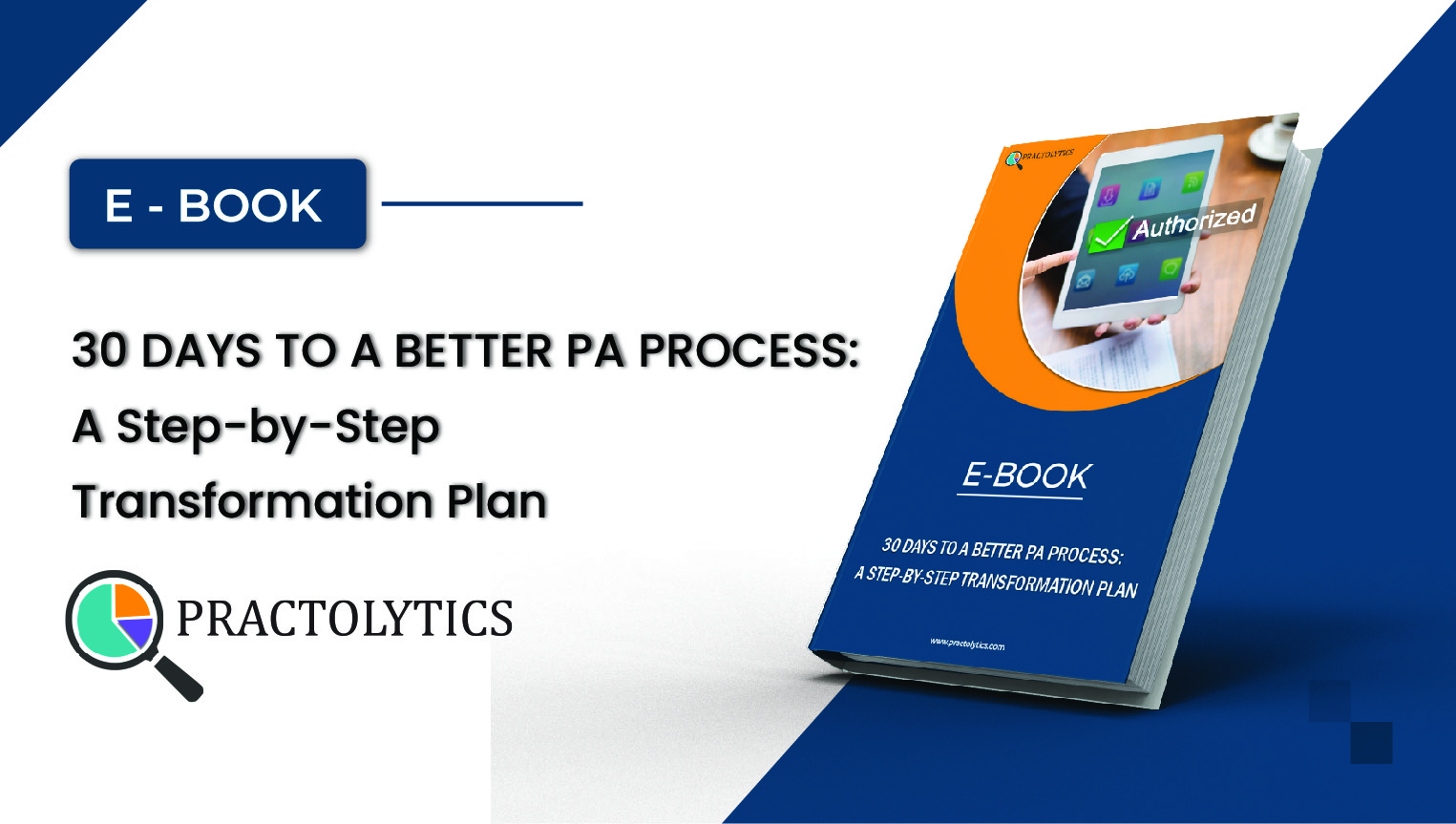

30 days to a better PA process: a step-by-step transformation plan
- Prior Authorization Challenges: Traditional PA processes cause delays, denials, higher costs, and patient dissatisfaction due to manual paperwork, calls, and payer complexities.
- 30-Day Transformation Plan: A structured, week-by-week approach helps practices move from reactive to proactive PA management.
- Week 1 – Assessment: Map current workflows, identify bottlenecks, analyze denial data, and review payer-specific requirements.
- Week 2 – Technology: Standardize documentation, explore PA management software, automate eligibility checks, and pilot small improvements.
- Week 3 – Training & Payer Engagement: Train staff on new tools, educate providers on proper documentation, and establish direct communication with payers to reduce denials.
- Week 4 – Implementation: Fully roll out the new process, monitor results, troubleshoot issues, and collect feedback for continuous improvement.
- Outcome: Improved efficiency, reduced denials, lower administrative costs, better patient access to timely care, and stronger revenue cycle performance.
Download the FREE Guide
Download the FREE Ebook
- Prior Authorization Challenges: Traditional PA processes cause delays, denials, higher costs, and patient dissatisfaction due to manual paperwork, calls, and payer complexities.
- 30-Day Transformation Plan: A structured, week-by-week approach helps practices move from reactive to proactive PA management.
- Week 1 – Assessment: Map current workflows, identify bottlenecks, analyze denial data, and review payer-specific requirements.
- Week 2 – Technology: Standardize documentation, explore PA management software, automate eligibility checks, and pilot small improvements.
- Week 3 – Training & Payer Engagement: Train staff on new tools, educate providers on proper documentation, and establish direct communication with payers to reduce denials.
- Week 4 – Implementation: Fully roll out the new process, monitor results, troubleshoot issues, and collect feedback for continuous improvement.
- Outcome: Improved efficiency, reduced denials, lower administrative costs, better patient access to timely care, and stronger revenue cycle performance.

